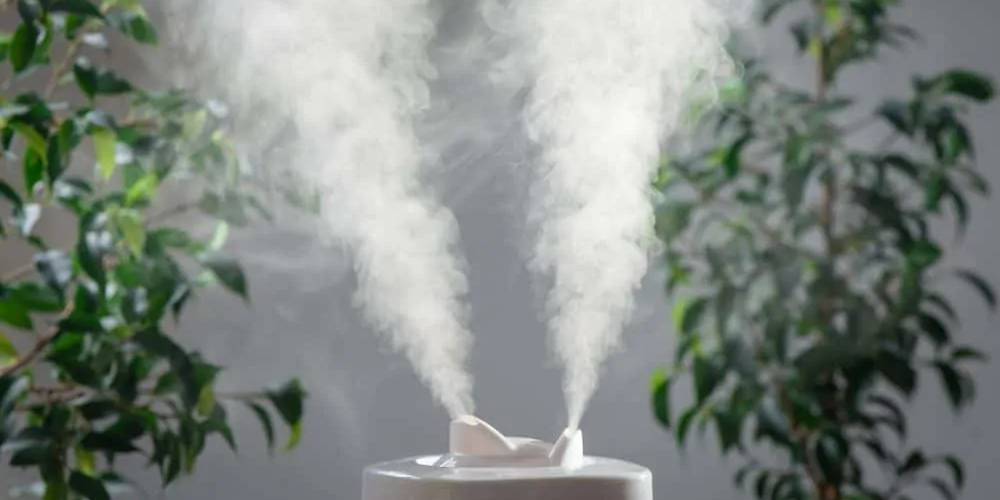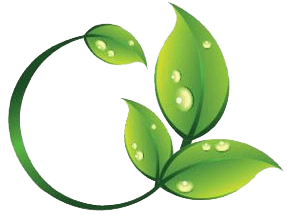Seven Humidity Mistakes....
Here are the things to easily watch out for!

Not Checking the Humidity Levels
The Relative Humidity (RH) level is important and crucial but not everybody has a full idea of what it is or why. RH is important to your plants' productivity and when incorrect can also result in deficiencies and toxicities. A hygrometer will do you proud when checking the humidity!
Humidity too Low
Water is brought into plants through the roots by osmosis and evaporates through the leaves via tiny holes called the stomata. This is called transpiration and the dryer the air is the easier the water evaporates. So a low RH will mean the plants will draw more water through the roots to compensate for the water loss via evaporation.
As a result salts get left behind in the growing media. It can also result in a nutrient build-up and lockout which leads to magnesium and calcium deficiencies.
A
humidifier, or even some wet sponges in the environment, can help to overcome this.
Humidity too High
A high RH does the opposite, it reduces the amount of water the plants will draw from the soil or nutrient solution. Calcium is one nutrient that will be affected as it naturally relies on transpiration for this. The plants can eventually rot as a result.
Firstly, be sure not to overwater your plants!
In addition, an air conditioner and/or a dehumidifier can help to keep the correct RH.
Sealing the growroom, removing stagnant water and reducing the density of plants can also help.
Temperature too High
If the air temperature is too high then more water will evaporate. However, warm air actually holds more moisture than cold air so does not become saturated as quickly. So warm air actually has a lower relative humidity.
Once again, air conditioning, ventilation and a dehumidifier can help with this.
Temperature too Low
A low temperature means that water droplets form as the water vapour in the air condenses. This is like you will see on the garden grass or panes of glass in the winter.
One thing it can cause on plants is botrytis or other fungus.
Something to remember is that temperatures in the surrounding environment will drop during the hours of darkness so the growroom temperatures can be balanced somewhat if the lighting periods are overnight.
Proper insulation and a tube heater can also help.
Not Noticing the Signs of Humidity
A low humidity will cause the leaves to curl down, whereas a high humidity will cause the leaves to curl upwards. As simple as that.
Calcium deficiency, grey mould or botrytis are also signs of high humidity and tip burn is a sign of low humidity.
Not Being Flexible
There is no magic number for the best humidity but if you keep monitoring things then these levels are a useful guide to know:
During the vegetative stage, temperatures of between 21 and 28 degrees centigrade will prefer a humidity of around 65-80%. At night this should be 15-23 degrees with a humidity of around 55-70%
Once the fruit and flowers begin to form, a lower humidity will reduce the risk of disease. Between 55-70% is great for both day and night times.
Ultimately though, keep a consistent eye on things and watch out for the symptoms mentioned above and they can be relatively easy problems to avoid and overcome.

